Understanding the Importance of Cover Letters and Resumes
In the competitive landscape of job hunting, a well-crafted cover letter and resume are your essential tools for making a strong first impression. These documents serve as your initial introduction to potential employers, providing a snapshot of your skills, experience, and qualifications. A compelling cover letter and resume can significantly increase your chances of securing an interview, ultimately paving the way for your career advancement. They are the foundation upon which you build your professional narrative and market yourself to prospective employers. Failing to properly prepare these documents can be the difference between getting an interview and getting passed over for the position. They’re not just formalities; they are your advocates in the hiring process.
Crafting a Compelling Cover Letter
A cover letter is your opportunity to connect with the hiring manager on a personal level and express your genuine interest in the role. It’s more than just a summary of your resume; it’s a chance to showcase your personality, writing skills, and enthusiasm for the position. The goal is to capture the reader’s attention and persuade them that you’re the ideal candidate for the job. Remember that this is your chance to highlight your unique qualities and explain why you’re a good fit for the company. Your cover letter serves as a bridge connecting your skills and experience with the specific requirements of the job, making it an essential part of your application.
Highlighting Your Skills and Experience
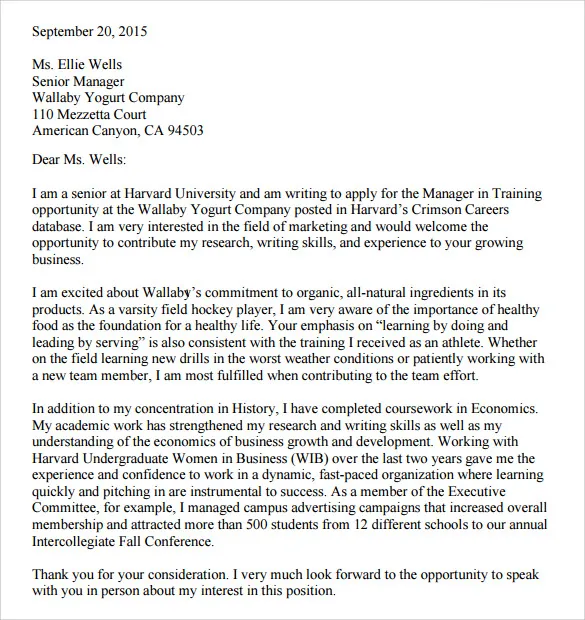
When discussing your skills and experience in your cover letter, it is crucial to focus on the qualifications that directly align with the job requirements. Review the job description carefully and identify the key skills and experiences the employer is seeking. Then, in your cover letter, provide specific examples of how you’ve demonstrated those skills in previous roles or projects. Use action verbs to describe your accomplishments and quantify your achievements whenever possible. This demonstrates to the hiring manager that you possess the skills needed to excel in the position and that you can deliver results. Your cover letter should show, not just tell, what you can do.
Tailoring Your Cover Letter to the Job
Generic cover letters are easily spotted and often disregarded. To make a strong impression, customize your cover letter for each specific job application. Research the company and the role to gain a deeper understanding of their needs and expectations. Then, tailor your letter to reflect that understanding. Mention the company by name, address specific requirements outlined in the job description, and explain how your skills and experience align with their needs. By demonstrating that you’ve taken the time to understand their specific requirements, you show your genuine interest in the role and increase your chances of being selected for an interview. Personalize your letter and make sure it’s relevant to the job you are applying for.
Keeping it Concise and Engaging
Hiring managers often have limited time to review cover letters. Therefore, it’s crucial to keep your letter concise and engaging. Aim for a one-page letter that is easy to read and visually appealing. Use clear and direct language, avoiding jargon and overly complex sentences. Start with a strong opening that immediately grabs the reader’s attention. Highlight your key qualifications and accomplishments in a compelling way. Keep the paragraphs short and focused, making it easy for the hiring manager to quickly grasp your main points. A well-crafted, concise cover letter will capture the hiring manager’s attention and leave a lasting impression.
Resume Formatting and Design

Your resume is your professional calling card, and its formatting and design play a vital role in how it’s perceived. A well-formatted resume is easy to read, visually appealing, and effectively highlights your key qualifications. It should showcase your skills, experience, and accomplishments in a clear and concise manner. A poorly formatted resume, on the other hand, can be difficult to navigate and might result in the hiring manager overlooking your qualifications. Invest time in creating a resume that is both informative and visually appealing to increase your chances of getting noticed.
Choosing the Right Resume Format
There are several resume formats to choose from, each with its own strengths and weaknesses. The most common formats are chronological, functional, and combination. The chronological format is the most traditional and lists your work history in reverse chronological order. It’s ideal if you have a consistent work history and want to emphasize your career progression. The functional format emphasizes your skills and abilities, rather than your work history, which is useful if you have gaps in your employment or are changing careers. The combination format combines elements of both chronological and functional formats, highlighting both your skills and work experience. Choose the format that best highlights your strengths and fits your career goals.
Creating a Visually Appealing Resume
A visually appealing resume is more likely to capture the hiring manager’s attention. Use a clean and professional design with clear headings, bullet points, and sufficient white space. Choose a readable font and font size. Avoid using excessive colors or graphics that might distract from the content. Use consistent formatting throughout the document to create a professional look. Break up large blocks of text by using bullet points to list accomplishments, skills, and responsibilities. A well-designed resume is easier to read and helps the hiring manager quickly grasp your key qualifications and experiences.
Keywords and Applicant Tracking Systems (ATS)
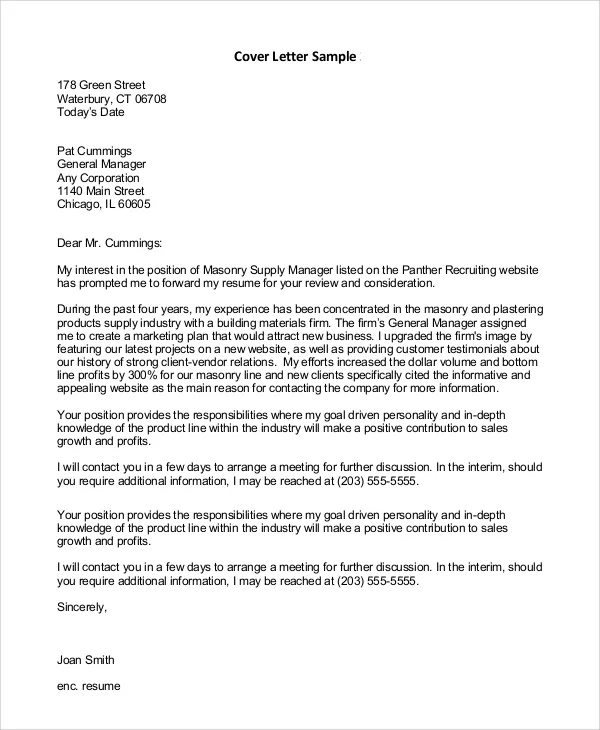
Many companies use Applicant Tracking Systems (ATS) to scan resumes and identify qualified candidates. These systems look for specific keywords related to the job description. To optimize your resume for ATS, incorporate relevant keywords throughout your document. Review the job description and identify the key skills, qualifications, and responsibilities the employer is seeking. Then, strategically include those keywords in your resume, in both your skills section and your descriptions of your work experience. However, do not stuff keywords. Your resume should read naturally and still be easily understood by a human reader. Doing so will increase your chances of your resume being selected by the ATS.
Showcasing Your Achievements
Highlighting your achievements is more compelling than merely listing your job responsibilities. Achievements demonstrate your ability to make a positive impact in your previous roles. They provide concrete examples of your skills and capabilities, which helps to distinguish you from other candidates. Focus on your accomplishments, and provide quantifiable results whenever possible. Consider using the STAR method (Situation, Task, Action, Result) to structure your achievement statements. This framework helps you clearly describe the situation, the task you undertook, the actions you took, and the positive results you achieved.
Quantifying Your Accomplishments
Quantifying your accomplishments adds credibility and impact to your resume and cover letter. Use numbers and data to demonstrate the tangible results you achieved in previous roles. Instead of saying “Improved customer satisfaction,” say “Increased customer satisfaction by 15%.” Instead of stating “Managed social media accounts,” say “Managed social media accounts, growing followers by 20% in one year.” Quantifiable achievements provide concrete evidence of your abilities and help hiring managers understand the value you can bring to their organization. Use metrics like percentages, dollar amounts, and time frames to quantify your accomplishments whenever possible.
Using Action Verbs Effectively

Action verbs are powerful tools for making your resume and cover letter more dynamic and engaging. They help you describe your responsibilities and accomplishments in a clear and concise manner. Start each bullet point or statement with a strong action verb, such as “managed,” “developed,” “implemented,” “achieved,” or “led.” Use a variety of action verbs to keep your writing interesting and avoid repetition. The appropriate action verbs will depend on the specific role and industry. Review job descriptions to identify the most relevant action verbs and use them strategically in your resume and cover letter.
Proofreading and Editing
Proofreading and editing are critical steps in the resume and cover letter writing process. Errors in grammar, spelling, and punctuation can undermine your credibility and create a negative impression. To avoid making such mistakes, thoroughly proofread your resume and cover letter. Read your documents carefully, checking for any typos, grammatical errors, or inconsistencies. Even the smallest errors can make a big impact, so it’s essential to ensure that your documents are polished and professional before submitting them to potential employers. A document full of errors will give the impression that you are not detail-oriented and do not care about the quality of your work.
Ensuring Accuracy and Professionalism
Pay close attention to detail when proofreading your resume and cover letter. Check for correct spelling, grammar, punctuation, and formatting. Make sure all dates, names, and contact information are accurate. Ensure that your language is professional and appropriate for the job you are applying for. Avoid using slang, informal language, or any content that could be perceived as unprofessional. A polished and professional resume and cover letter demonstrates your attention to detail and your commitment to excellence, increasing your chances of making a positive impression on hiring managers.
Seeking Feedback and Making Revisions
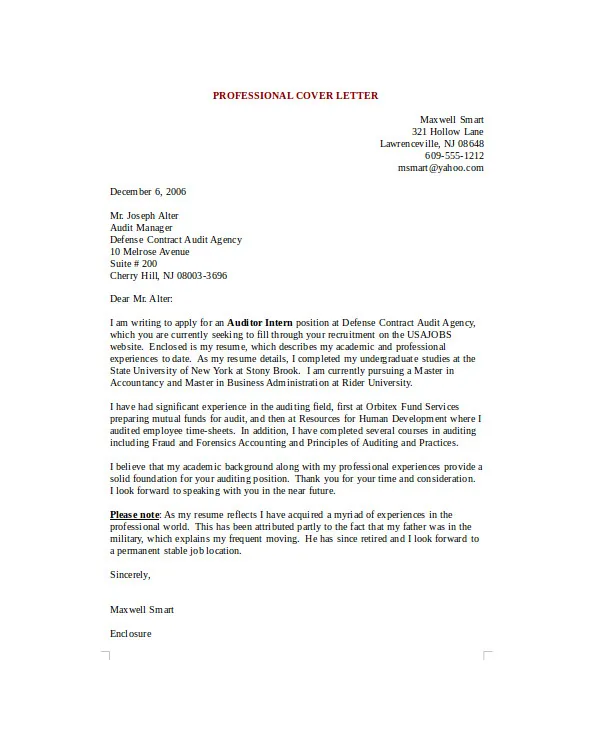
Once you’ve drafted your resume and cover letter, seek feedback from trusted sources. Ask friends, family members, career counselors, or other professionals to review your documents and provide constructive criticism. They can identify any areas where your writing could be improved, such as clarity, conciseness, or impact. Be open to feedback and willing to make revisions based on the suggestions you receive. Revising your resume and cover letter based on feedback will help you refine your message and strengthen your application. Multiple revisions can significantly improve the quality of your documents and increase your chances of success.
7 Top Tips for Cover Letters and Resumes
To summarize and provide additional guidance, here are seven top tips for creating cover letters and resumes that will help you succeed in your job search. Following these tips will help you create compelling documents that will capture the hiring manager’s attention and give you the best chance of landing your dream job.
Tip 1 Customize for Each Application
Tailor your cover letter and resume to match each specific job. Highlight the skills and experiences that are most relevant to the role. This shows the employer that you’ve taken the time to understand their needs and that you are a good fit for the position. A generic application that doesn’t show you care will likely get ignored.
Tip 2 Use a Strong Opening
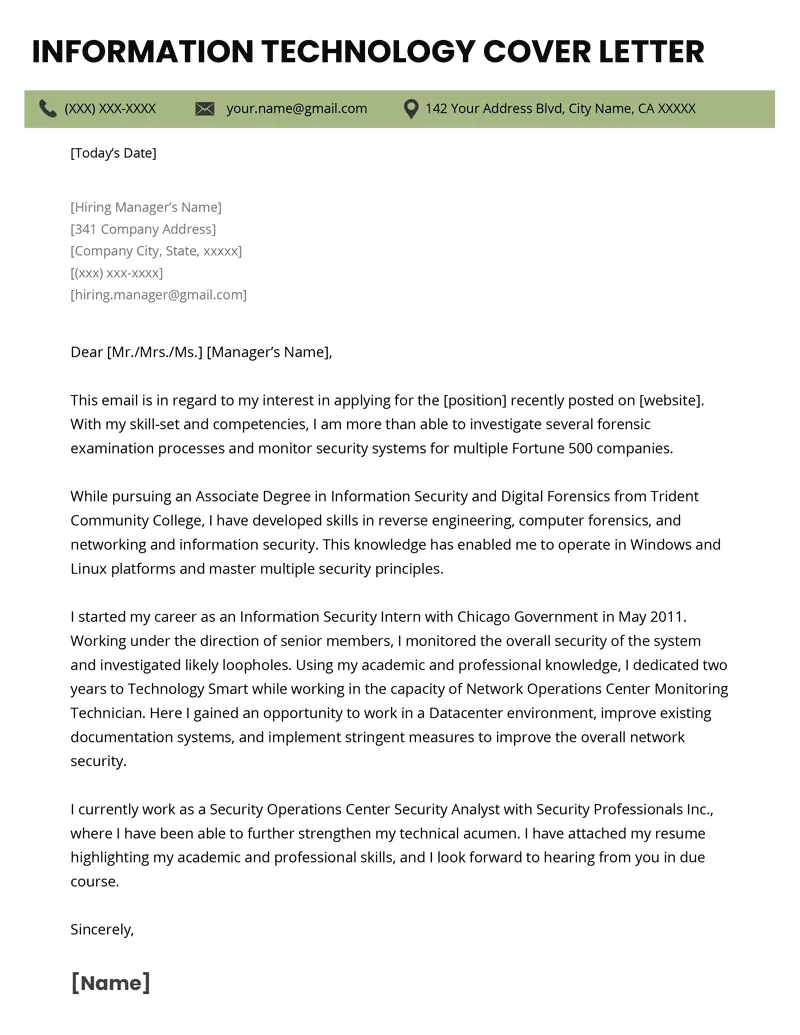
Start your cover letter with a compelling opening that grabs the reader’s attention. Clearly state the position you are applying for and why you are a good fit. Make a strong first impression by immediately highlighting your enthusiasm and relevant qualifications, setting the tone for the rest of your letter. A strong opening will make the hiring manager want to read further.
Tip 3 Highlight Relevant Skills
Focus on the skills and experiences that align with the job requirements. Refer to the job description and tailor your cover letter and resume to address the specific qualifications the employer is seeking. By emphasizing your relevant skills, you demonstrate your ability to perform the job effectively and increase your chances of being selected for an interview. Your resume should showcase what you know and what you’ve done. Highlight your achievements and any special skills or training.
Tip 4 Showcase Achievements
Don’t just list job responsibilities. Showcase your achievements and accomplishments in your cover letter and resume. Quantify your results whenever possible, using numbers and data to demonstrate your impact. Highlight what you have done, not just what you have been responsible for. Use action verbs to create a powerful and dynamic presentation.
Tip 5 Proofread Meticulously
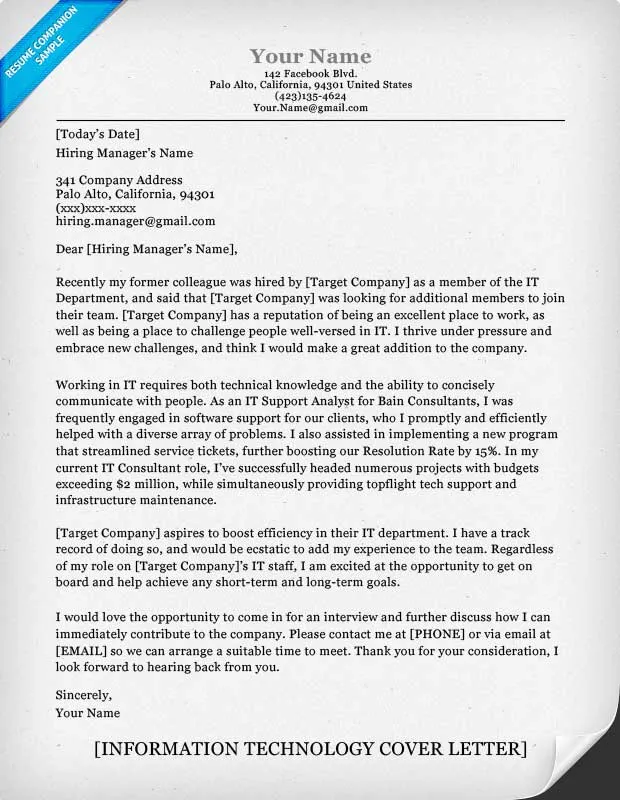
Thoroughly proofread your cover letter and resume for any errors in grammar, spelling, punctuation, and formatting. Errors can undermine your credibility and create a negative impression. Use a spell checker and grammar checker, and consider having a trusted friend or colleague review your documents as well. Before submitting your application, make sure it is perfect. Always remember to proofread, proofread, proofread!
Tip 6 Optimize for ATS
Many companies use Applicant Tracking Systems (ATS) to screen resumes. Optimize your resume for ATS by using relevant keywords and a clear, easy-to-read format. Review the job description for keywords and include them strategically throughout your document. Ensure that your resume is compatible with ATS software by using a standard font and avoiding complex formatting. When you do these things, your resume will be more likely to be selected.
Tip 7 Follow Up Professionally
After submitting your application, follow up professionally with the hiring manager or recruiter. Send a brief email expressing your continued interest in the role and reiterating your qualifications. This demonstrates your enthusiasm and initiative. Waiting two weeks after you submit your resume and cover letter is usually considered appropriate. A simple phone call is another option. Keep your correspondence brief and professional and thank the recipient for their time and consideration.
